Increased Import Duty Rates on Goods From “Unfriendly” States in Russia:
How This Mechanism Works and How to Mitigate the Risk of Increased Duty Rates
How This Mechanism Works and How to Mitigate the Risk of Increased Duty Rates
November 20, 2025

In response to mounting sanctions pressure and the widespread departure of foreign companies from the Russian market following the onset of the special military operation, Russia’s Government has introduced counter-sanction measures and taken steps towards the “sovereignisation” of the economy. The mechanism for increased import duties on goods from “unfriendly” countries, launched at the end of 2022, has been actively used as a key tool in the country’s industrial protectionism strategy, while also serving as an additional quasi-fiscal lever.
Over the past three years, the list of goods subject to increased import tariffs has grown significantly, which has had a major impact on businesses that rely on importing both finished products and raw materials. At the same time, managing the risks of tariff increases is complicated by the lack of transparency in the decision-making process and the absence of regulated criteria for identifying “vulnerable” product groups.
With the extension of the increased import tariff mechanism through to the end of 2027, the impact of these changes will be felt in the long term. Key expected changes include:
We are publishing a shortened version of the memo. The full version, with an analysis of risk factors, regulatory development scenarios, tariff increase procedures, and recommendations for risk mitigation, is available upon request via marketing@kesarev.com
Over the past three years, the list of goods subject to increased import tariffs has grown significantly, which has had a major impact on businesses that rely on importing both finished products and raw materials. At the same time, managing the risks of tariff increases is complicated by the lack of transparency in the decision-making process and the absence of regulated criteria for identifying “vulnerable” product groups.
With the extension of the increased import tariff mechanism through to the end of 2027, the impact of these changes will be felt in the long term. Key expected changes include:
- Expansion of the list of goods subject to protective tariffs.
- Further increases in duties for categories already subject to increased tariffs.
- A reduction in the number of exceptions to the application of increased tariffs, including those based on country of origin.
- Potential adjustments and tightening of the mechanism through the inclusion of the company holding trademarks for imported products, which would significantly broaden the scope of protective tariffs to cover products from companies with “unfriendly” ownership, even if they are produced in “friendly” countries.
We are publishing a shortened version of the memo. The full version, with an analysis of risk factors, regulatory development scenarios, tariff increase procedures, and recommendations for risk mitigation, is available upon request via marketing@kesarev.com
If you would like a consultation on these matters, please contact
Yury Panasik, Partner, at y.panasik@kesarev.com
Yury Panasik, Partner, at y.panasik@kesarev.com

